Shut Up and Drive: Students Complain About the Efficiency of Safe Ride
NYU Safe Ride cars outside Third Avenue North Residence Hall. (Photo by Veronica Liow)
January 27, 2017
In the city that never sleeps, neither does the transportation. Safe Ride, NYU’s on-demand transportation service that operates between midnight and 7:30 a.m., provided 12,400 completed trips to students during the most recent fall semester. It is widely used by students who are concerned about walking home after a long night of studying at Bobst and those who simply want safe transportation from one NYU building to another.
Despite the thousands of students requesting the service, many criticize the vans’ lack of efficiency — a number of students said that they have waited extended periods of time for the Safe Ride vans to come or that the vans took long detours during the trips.
Below is a sample of students from the NYU Class of 2020 Facebook Group who responded to a request for anecdotes regarding Safe Ride:
“I was going from Weinstein to Othmer, which is one of the residence halls in Brooklyn, and on the way there, a few minutes after I got on, over what I assume was the radio or a walkie-talkie they said something along the lines of there was a big party at Third North, there’s a lot of drunk people, make sure you don’t accept anyone who is drunk. They did stop at Third North but they didn’t really check to see if anyone was drunk. But I do think that what they meant was underaged drinking but even then it would be safest to use a Safe Ride. I think the main purpose of Safe Ride is so that you’re not walking around during the late hours of the night alone in NYC.”
– Tisch freshman Giada Ludert
“A few friends and I went to a party in Brooklyn and didn’t make it back to campus until around 3 a.m. We went to Rubin to drop off one girl and we were so tired that we decided to wait for Safe Ride in the lobby. We live really close by but it was late and cold, plus we were exhausted. We waited until 5 a.m. for the Safe Ride before deciding to leave — it said it was close by at around 4 a.m. — and in the morning after we got home we had gotten a text at 6:30 a.m. saying our Safe Ride arrived. I probably won’t use it unless absolutely necessary. It’s too unreliable, I’d rather spend my money on an Uber or something.”
– Stern freshman Heather Peña
“I’ve only taken it once. The problem was that since the Safe Ride picks its next destination based off when the requests were made, it doesn’t always pick the quickest route. So everyone in the Safe Ride was getting dropped off around Founders/Third North. But we got driven to Brooklyn to drop someone off, first passing our stop on the way.”
– Tisch freshman Jon Poulter
“The times I’ve used the service were fine; however, I do wish the service began earlier — probably around 10 p.m. as opposed to midnight. I often walk home from the library around 10:00 p.m. to 11:30 p.m. and I wish the service was available a little earlier because it is still so dangerous to walk home alone at that late hour.”
– CAS freshman Lizzie Voigt
“While it was picking up another kid they told us to call Safe Ride again even though I could’ve just gotten on that one. They told the person to wait so he could just make one trip but he zoomed off. I was in Gramercy at like 3 or 4 a.m. We told the driver to wait so that I could call Safe Ride because he told us to do that, even though he was Safe Ride. And another time I called they said the lines were busy.”
– LS freshman Wes Chiang
Breaking Down Safe Ride
Assistant Director for Transportation Services Greg Rivas works towards reviewing and improving Safe Ride, and he said that the service has been vastly improved since he began working at NYU two years ago. While the program used to depend on a dispatcher to manually assign students to a trip when it was requested, an algorithm now automatically assigns students to trips.
“Within a matter of less than a second [your request] gets fed into an algorithm that takes into account the vehicles on the road, the passenger loads, what their destinations are and what trips are currently going on, and then they assign your vehicle based on what the fastest one would be,” Rivas said. “It removes that human element, and now it all bases it off an ever-learning algorithm. So it has taken into account the night before and the month before, into how to make it more efficient.”
Rivas said that every morning, he personally reviews the trips that took place the previous day for any issues or anomalies that may have occurred.
“What this has led to is that this past fall term we have had 45 percent more passengers than the previous fall term, and wait time was actually down by a minute from 18 minutes to 17 minutes,” Rivas said. “And now that’s overall wait time, and that is only on the completed trips, which account for about 70 percent of our trips.”
Incomplete trips happen when a student doesn’t enter the vehicle, or when the student cancels the trip for one of a variety of reasons.
Although Safe Ride has achieved its goals of narrowing wait time and improving the efficiency of trips, Rivas said that the service is still trying to deal with the 16 percent of trips that do not reach their destination in the target timeframe. He said that improvements to the algorithm are being developed by the vendor based on observations.
“What we’ve noticed is that this 16 percent [of trips] fall within what we call an anomaly category where they are either waiting for a half hour, 45 minutes, or their trip time is longer than 45 minutes,” Rivas said. “So what we started doing last semester was having — first it was monthly — but this semester we’ve bumped it up to bi-weekly meetings with our vendor, and what we do is review these anomalies. One thing we recommended and requested was having that human element still be in it, so one thing that they’re developing this quarter — and that should be released at some point during this spring term — is an override feature for the driver.”
Rivas said that he has plans to get students more involved in improving Safe Ride. While he said that the service receives relatively few complaints and responses from students, the feedback helps craft the improvements for the program. Rivas plans to create a student advisory committee where the concerns of the student population can be received and remedied.
Email Jemima McEvoy at [email protected].




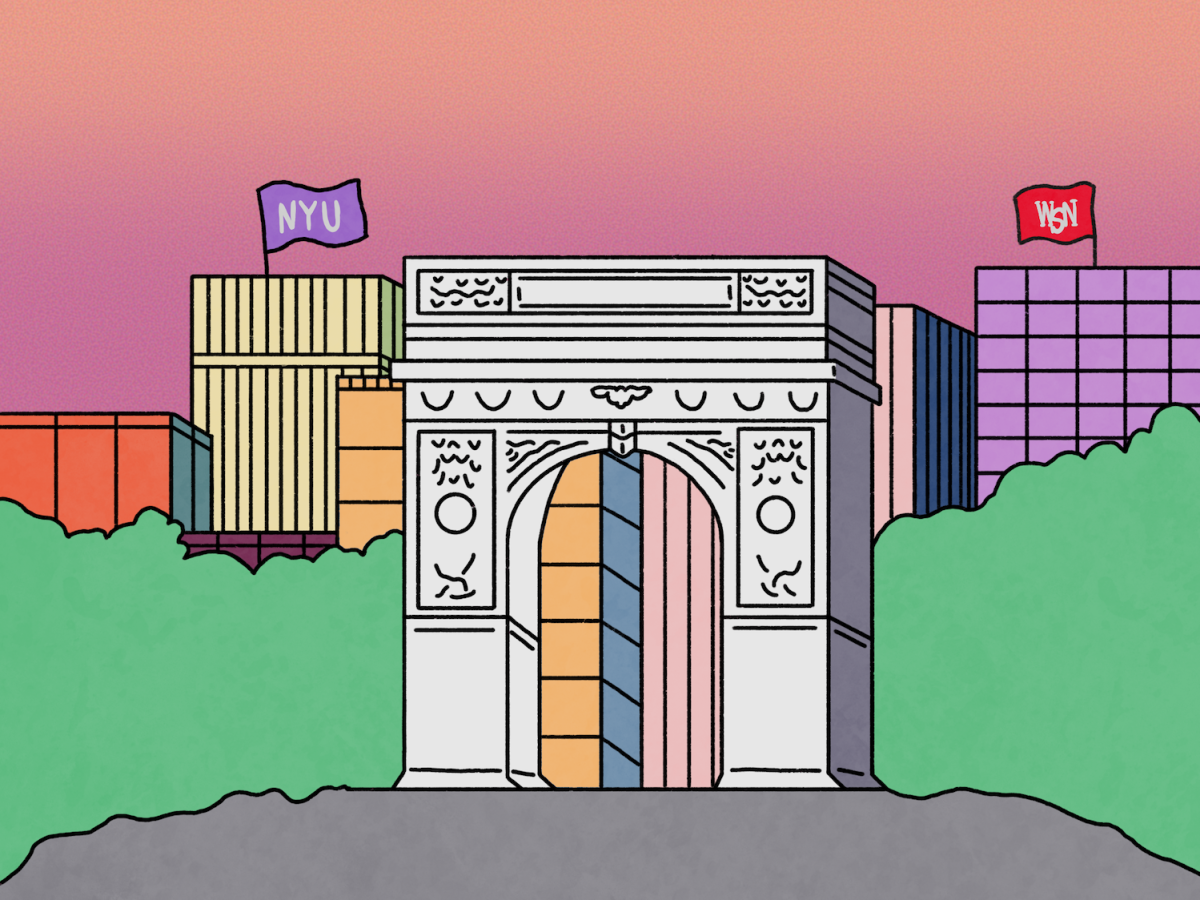






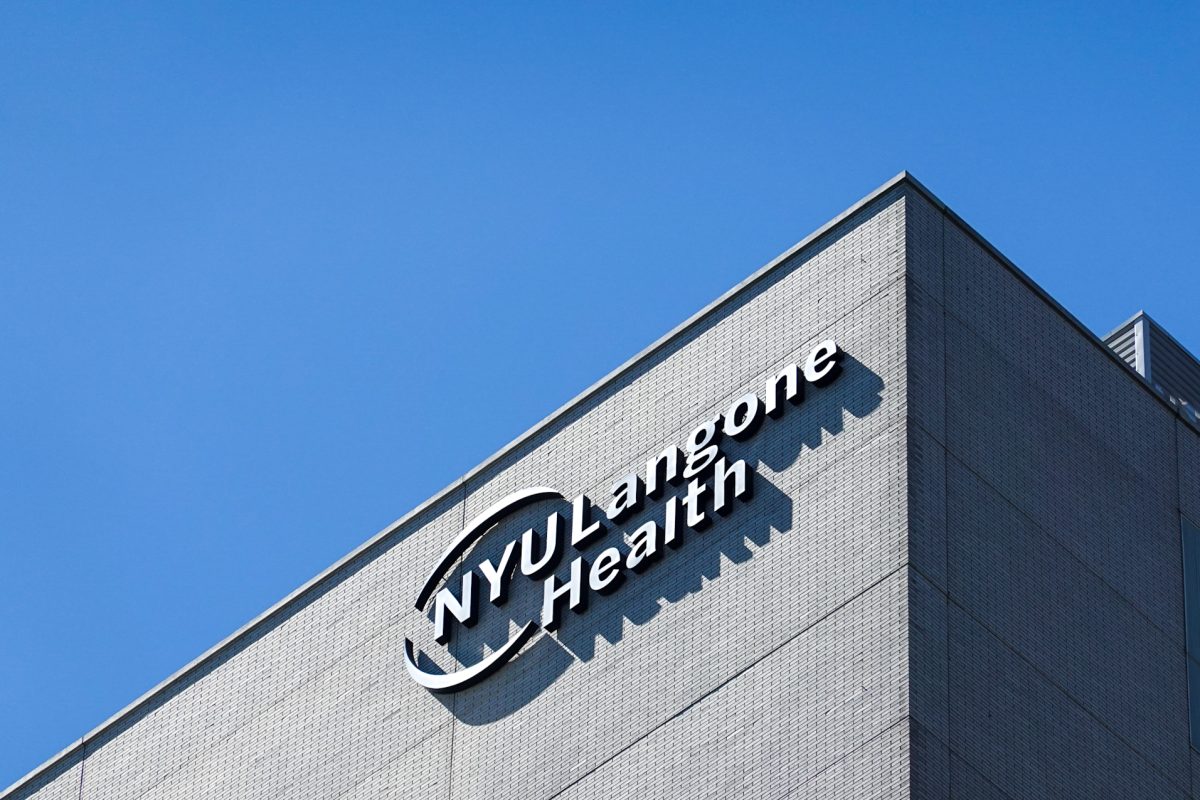



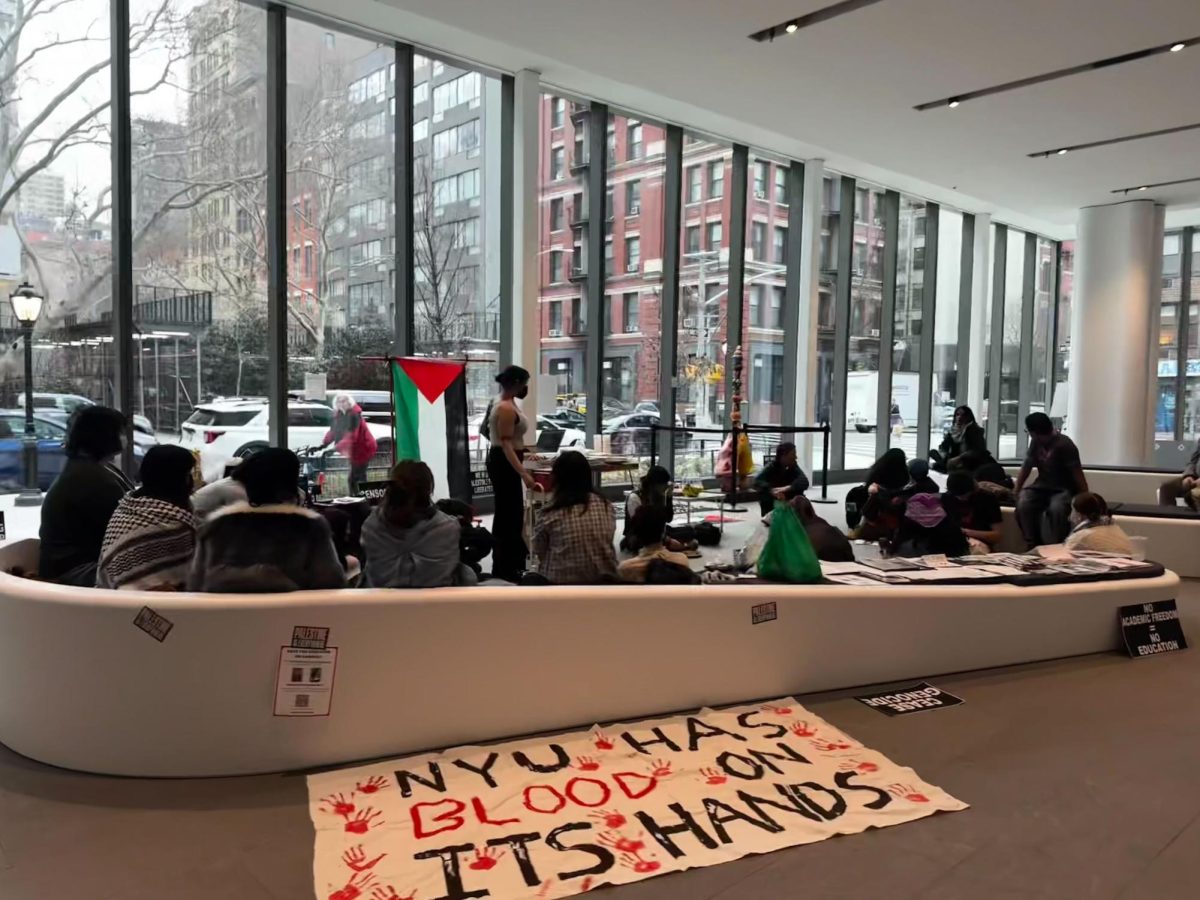
















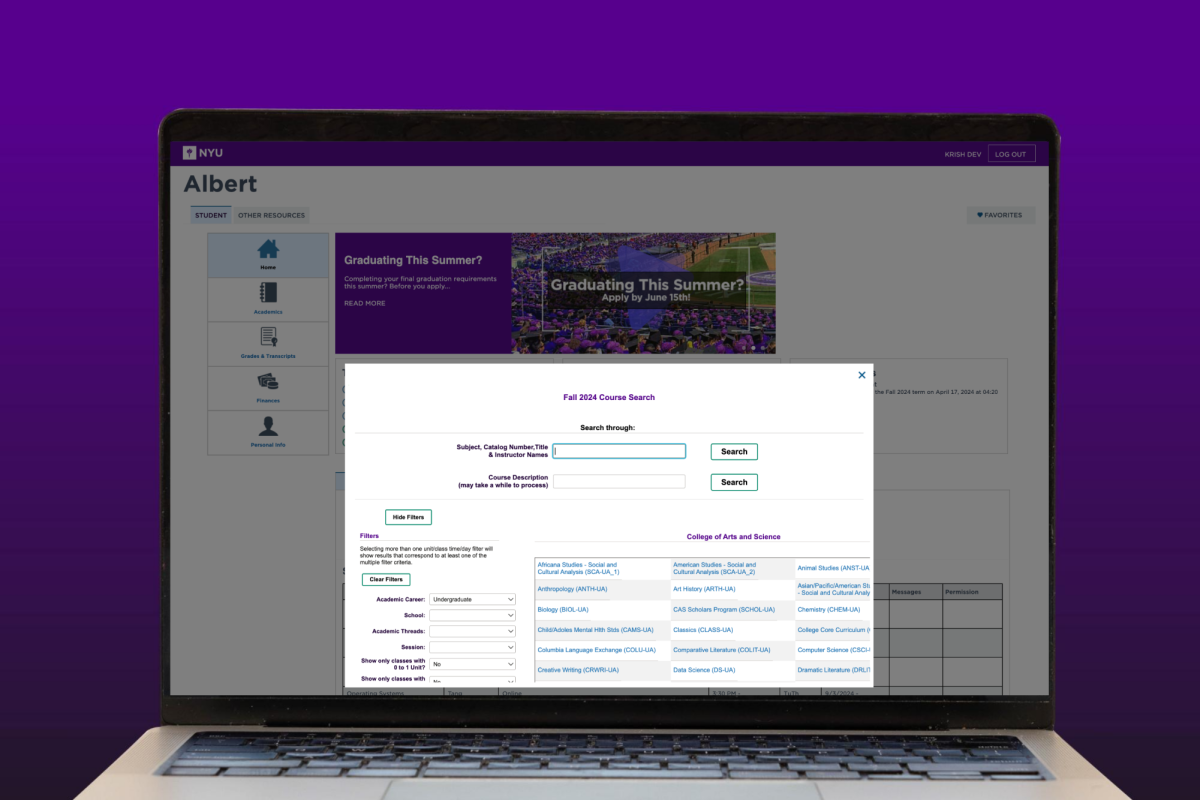










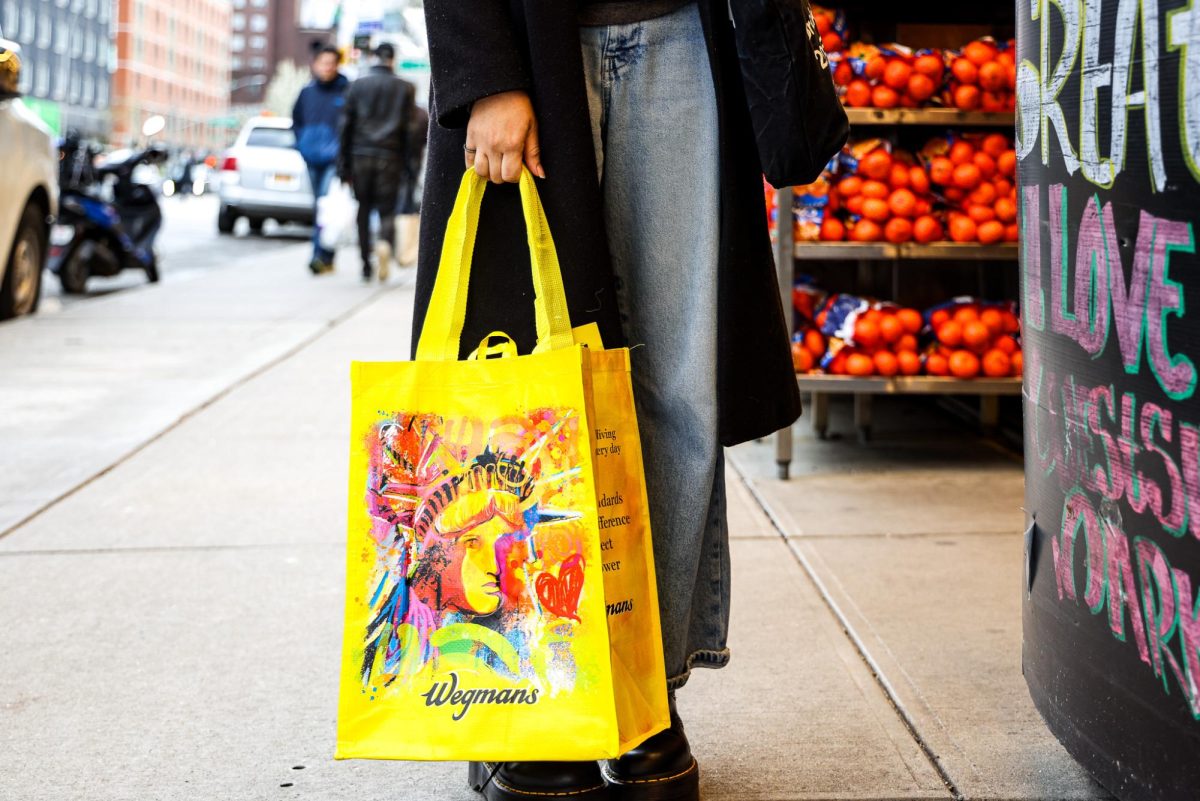























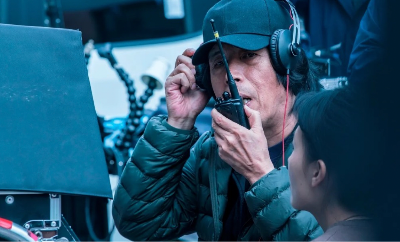
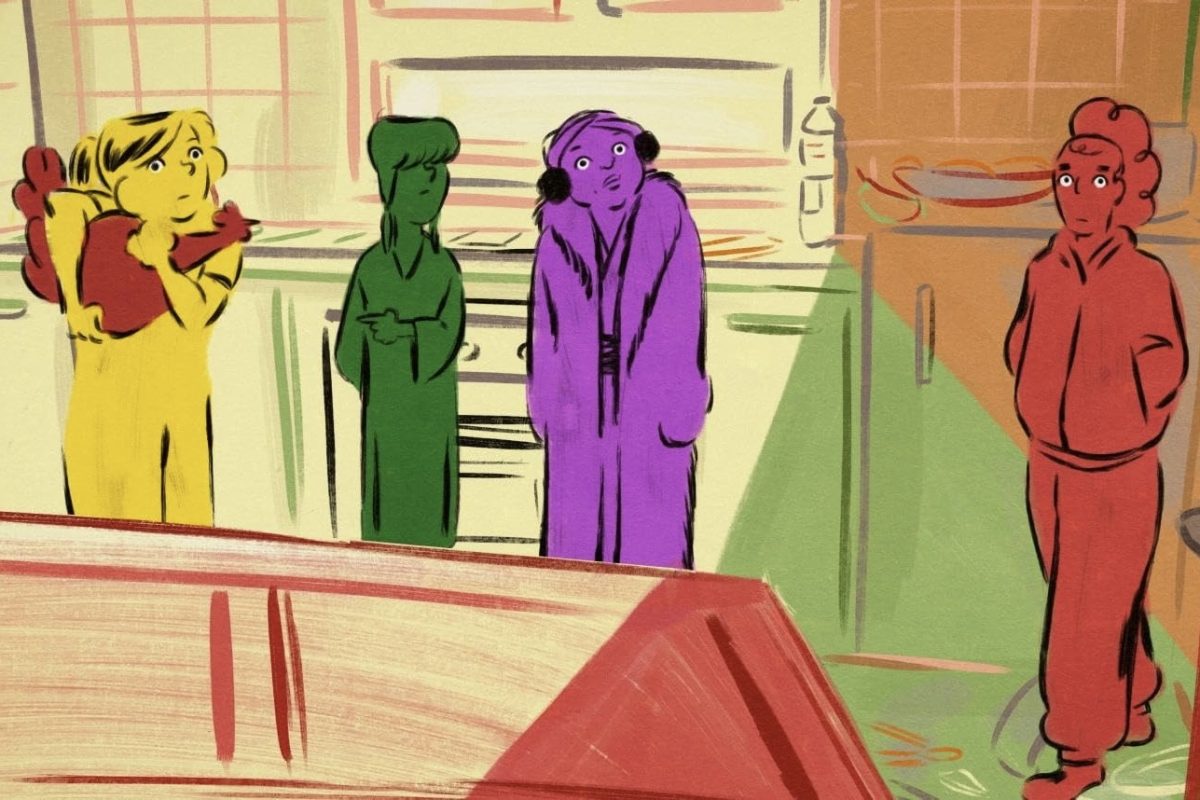











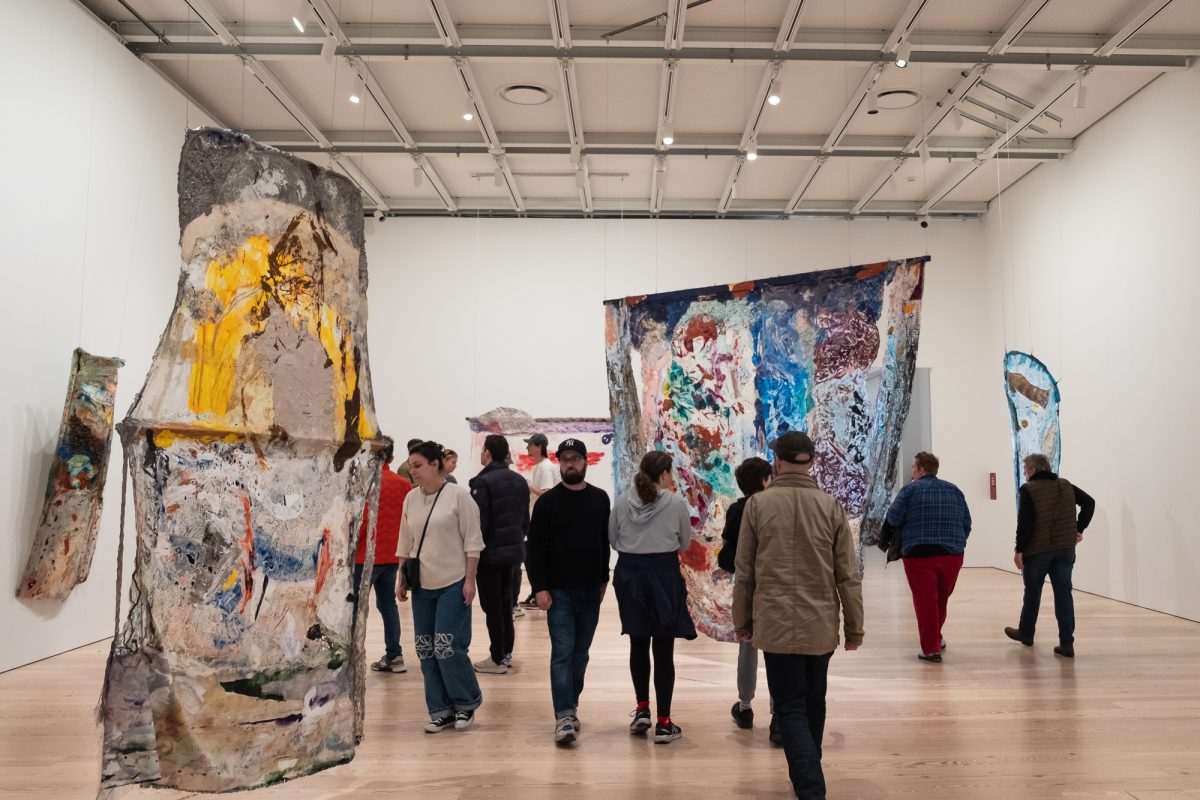






























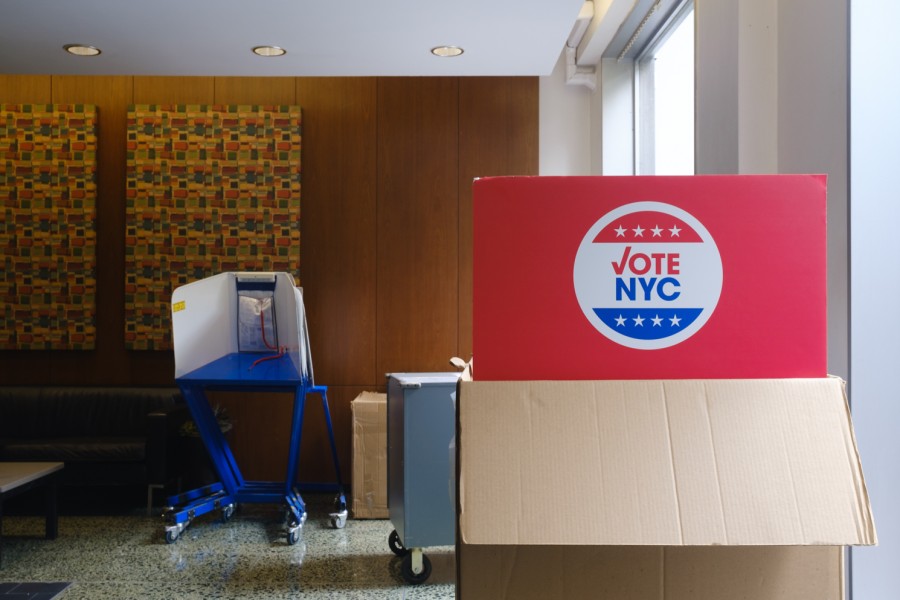
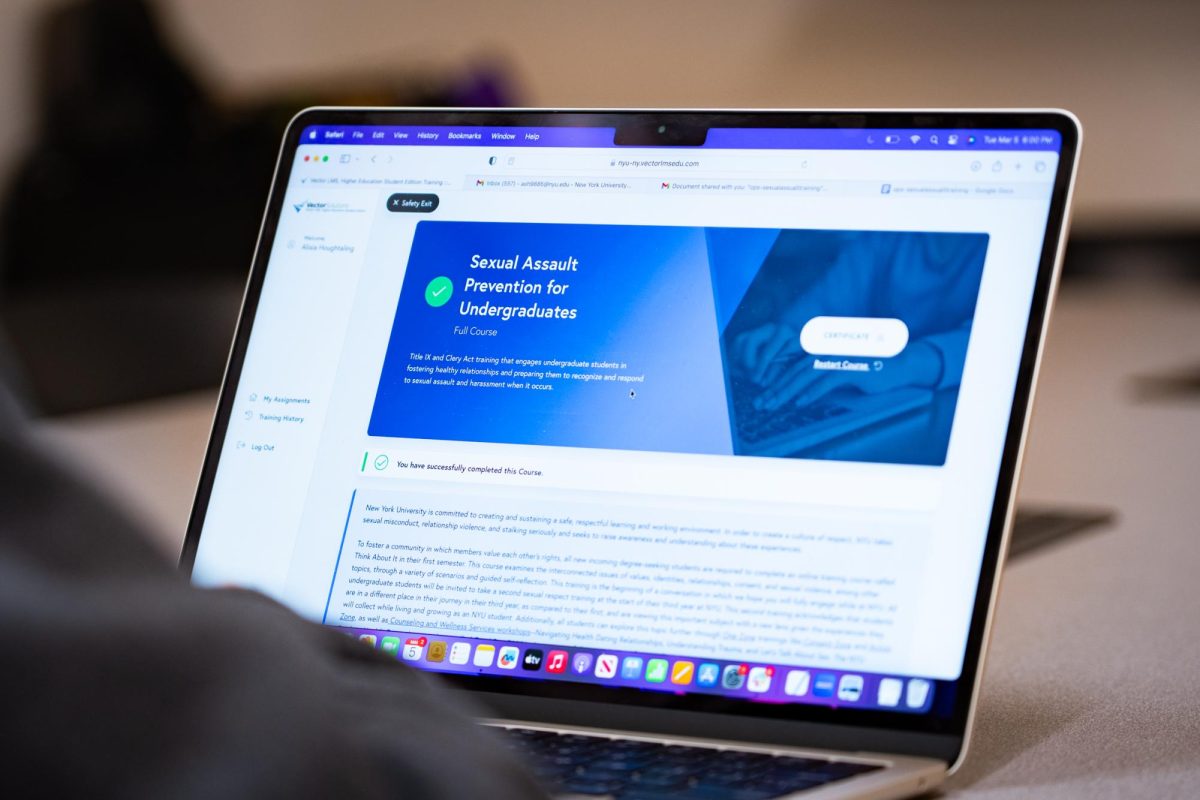






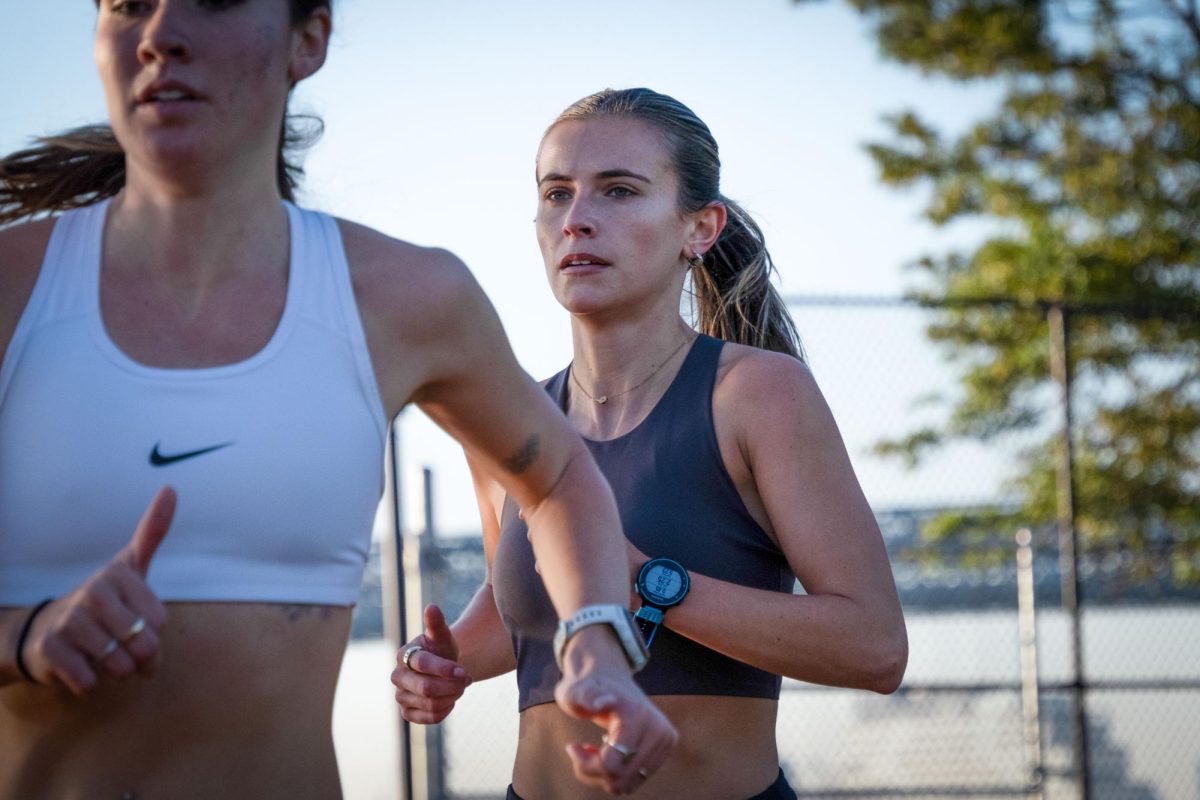


















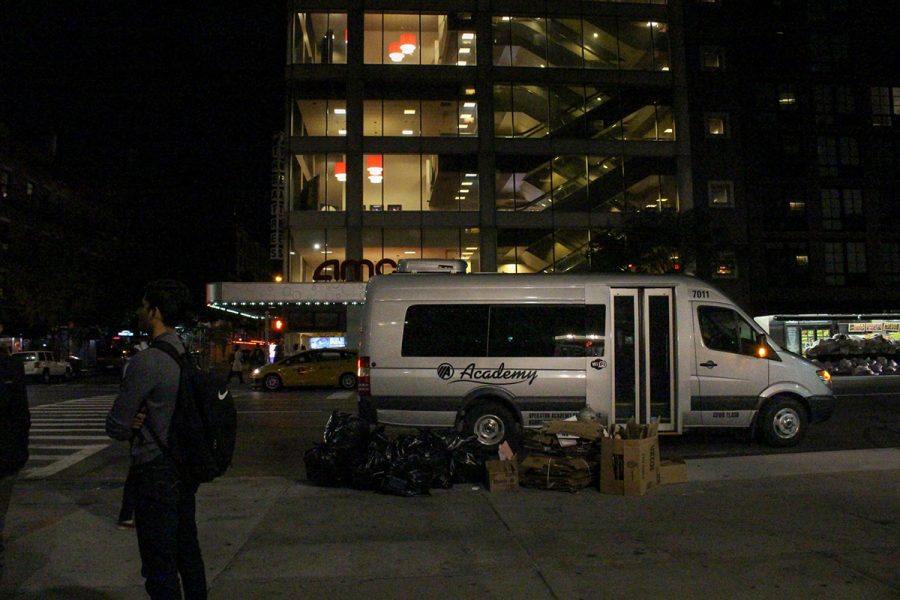
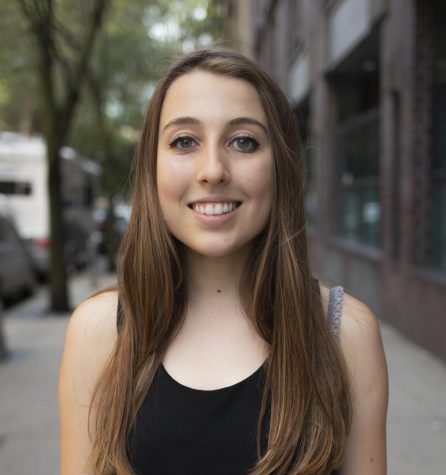
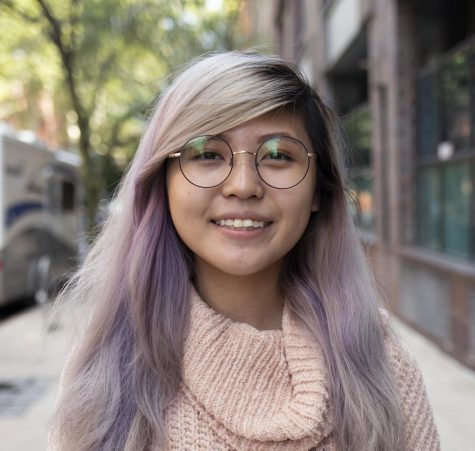

Hamd • Nov 5, 2017 at 1:45 am
Nov 5 2017. Waited for safe ride for an hour. Still no sign. Who should we contact?